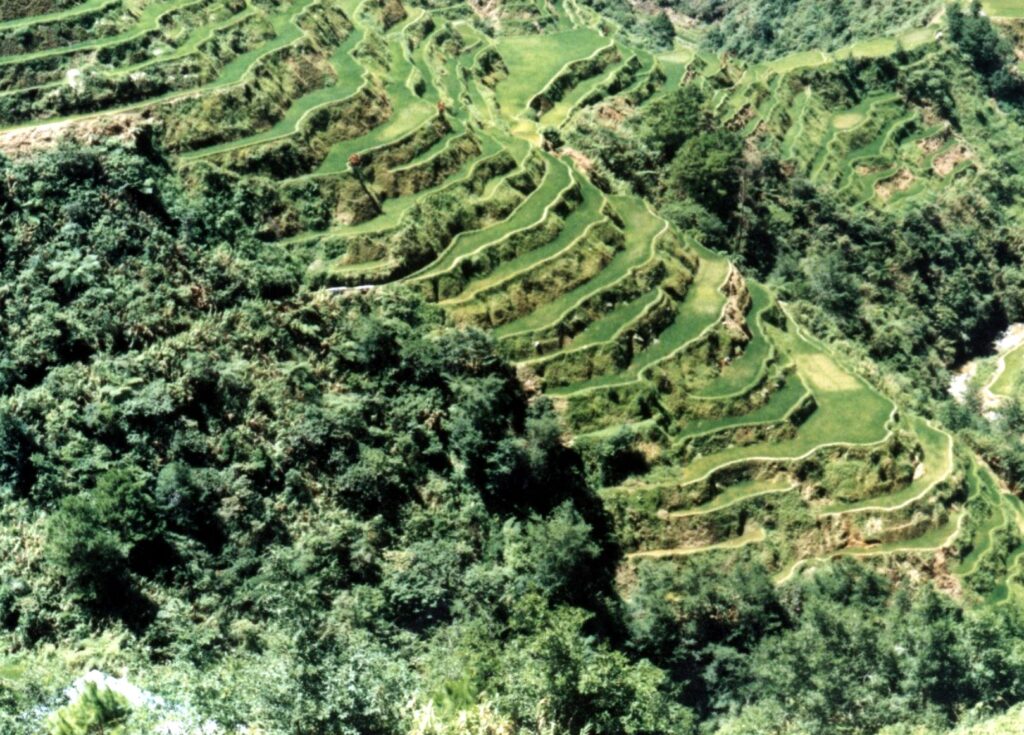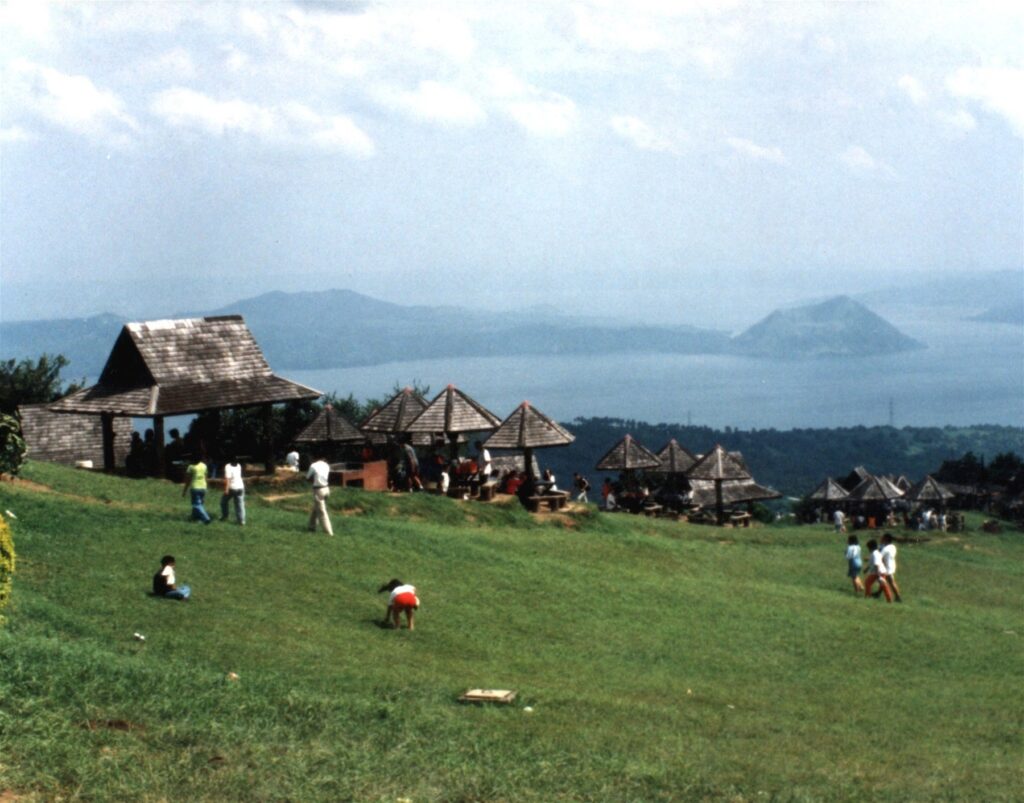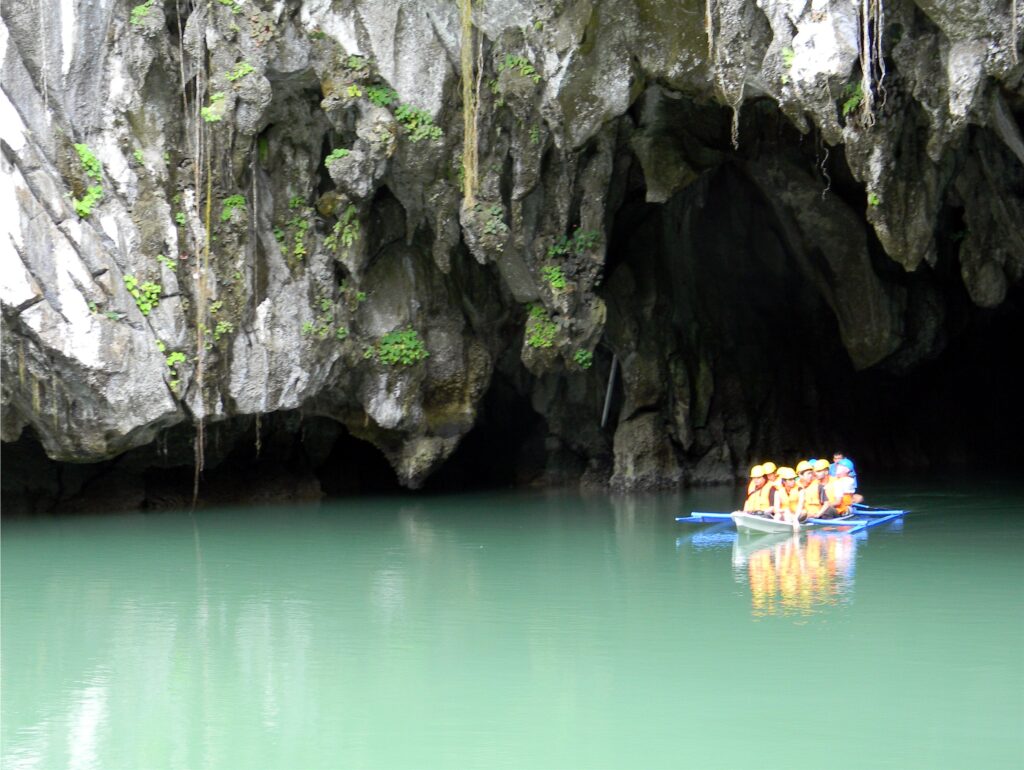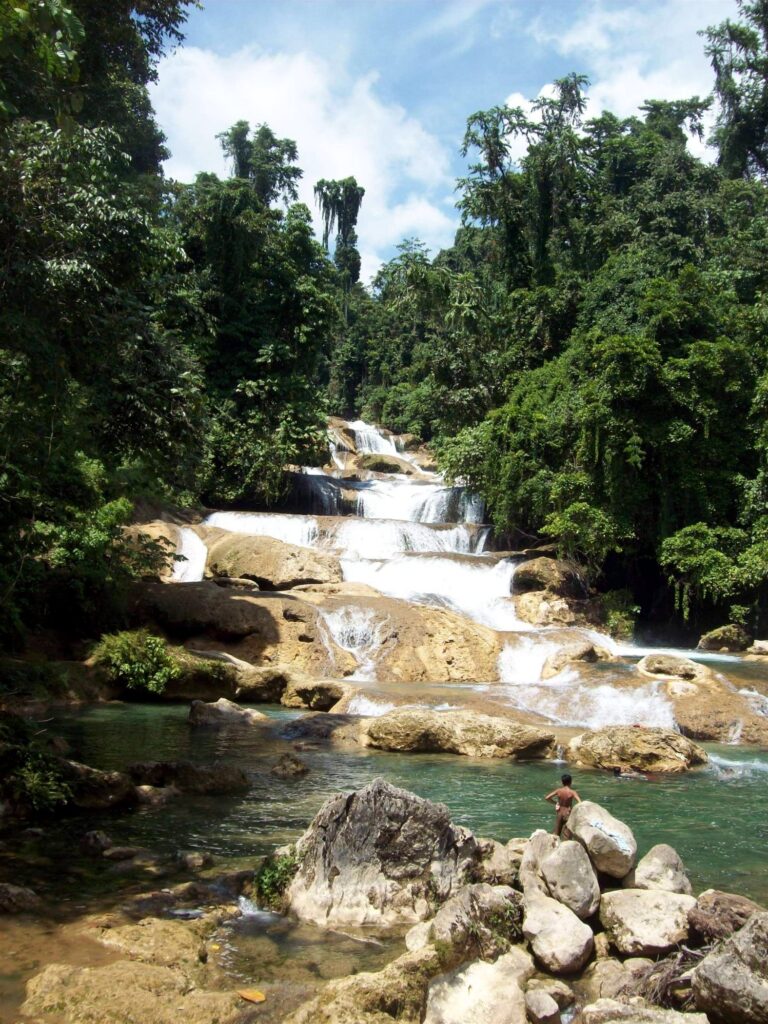Text and Photos by Henrylito D. Tacio
A global travel website has ranked the Philippines as the second most “Instagrammable” – or very appealing to photography and worthy of sharing on the social media site Instagram – place on earth in 2021.
The Philippines is below Tokyo, Japan (known for its “ancient shrines, other-worldly art exhibits and vibrant neon-lit billboards galore”) and one rank ahead of Paris, France (cited for its “charming bistros, buzzing brasseries, corner street musicians, the twinkling lights of the Eiffel Tower”).
The travel website Big 7 Travel listed 50 places and described the Philippines as “home to incredible natural wonders like an underground river and tranquil rice terraces in addition to a vibrant culture and history spanning several millennia.”
With over seven thousand islands, the Philippines as a whole is “extremely Instagrammable.” The website added: “From the bustling capital of Manila complete with colorful colonial streets to the absolute oasis of Boracay, the gram opportunities here are endless.”
In its Facebook account, the tourism department hailed this achievement. “The Department of Tourism celebrates the inclusion of the Philippines in the Most Instagrammable Places in the World,” it said.
Let’s take a closer look at some of those Instagrammable places in the country:
Banaue Rice Terraces: Located in Ifugao, the rice terraced landscape captivates the visitors with its majestic appeal. The terraces, approximately 1,500 meters above sea level, were carved out of the hillside by Ifugao tribes some 3,000 years ago “without the aid of machinery to provide level steps where the natives plant rice.”
What is even more surprising is that this is the only marvel of antiquity still being used today. Actually, the rice terraces stretch like stepping stones to the sky – some reaching an altitude of 1500 meters. If the terraces were laid end to end, it is about 13,500 miles long, or about half the world’s circumference and ten times the Great Wall of China’s length.
No wonder it has been described as the eighth wonder of the world. “In justice, (the rice terraces) should be called the first (wonder of the world),” argued an article which appeared in Clarin-Revista, a widely-circulated publication in Buenos Aires, Argentina. “For beside it, the pyramids of Egypt, the gardens of Babylon, or the Roman aqueducts are simple attempts at minor engineering.”
The Banaue Rice Terraces was named a world heritage site by the United Nations Educational, Scientific and Cultural Organization (UNESCO) in 1995. In 2001, it was in-scripted to the list of world heritage in danger as dangers of deforestation, and climate change threatened to destroy the terraces.

Taal Lake: A lake is a lake while a volcano is a volcano. But where can you find a lake and volcano together? Located south of Manila, Taal Lake is lying in the crater of a vast volcano. Within the lake is a smaller volcano containing a small lake in its 406-meter-high crater. The volcano is described as “a crater within an island within a lake” because it stands as an island at Taal Lake.
Taal Lake – formerly known as Bombon Lake – was formed after the volcano, which used to be much larger, collapsed. The ridges around Tagaytay City, which overlooks the lake, are believed to be part of the old volcano crater. But still, it is the country’s third-largest lake – after Laguna de Bay and Lake Lanao.

Chocolate Hills: Actually, it is a rolling terrain of haycock hills – mounds of general shape which are conical and almost symmetrical. Estimated to be at least 1,268 individual mounds to about 1,776, these cone-shaped or dome-shaped hills are actually made of grass-covered limestone. The domes vary in sizes from 30 to 50 meters high, with the largest being 120 meters in height.
During the dry season, the grass-covered hills dry up and turn chocolate brown. This transforms the area into seemingly endless rows of “chocolate kisses.” The branded confection is the inspiration behind the name Chocolate Hills.
“The Chocolate Hills are best observed at dawn or dusk,” wrote Jun Binamira in a travel guide on Bohol. “At these times, the sun is low and throws dramatic highlights and shadows onto the hills, making them leap out of the background in bold relief. Dawn is especially breathtaking. Usually, there is a thick white mist which lingers around the base of each hill. This magical moment lasts only seconds.”

Underground River: Wonders await those who see the famous Saint Paul Subterranean River National Park of Puerto Princesa in Palawan. It is a massive white rock mountain which rises 1,028 meters above sea level and stretches towards Cleopatra’s Needle. Its main feature is the underground river, with its 8.2 kilometers of labyrinthine caves carved by rainwater and the South China Sea waves.
Reputedly the world’s longest, the Subterranean River is a maze of intricate caves and endless wonders. Once inside, you can enjoy seeing a myriad of rock formations that resemble real things: giant mushrooms and jellyfish, a huge madre de cacao, a man and his dog, skeletal and pipeline structures, fragile stalactites that look like filigrees.
However, the most awe-inspiring is the so-called St. Paul’s Cathedral, where you can actually find a gigantic candle with wax dripping at its sides and the Holy Family of Joseph, Mary, and Baby Jesus in his crib. Farther up is an angel perched on a limestone pedestal.

Aliwagwag Falls: Located in the middle of a tropical rainforest of Cateel in Davao Oriental, Aliwagwag Falls is considered one of the most beautiful waterfalls in the country with its breathtaking cascading water. The “stairway to the sky” is how some called it.
Hydraulic engineers touted Aliwagwag Falls as the country’s highest. It is actually a series of 84 falls appearing like stairways with various heights ranging from six to 110 feet. One step is measured 72 feet, and another is 67 feet. Overall, Aliwagwag Falls is 1,110 feet of cascading energy and 20 meters in width.
Aliwagwag Falls is way off the tourist map and is known mostly to locals and valiant adventurers. It is accessible via the Compostela-Cateel Road.
Truly, the Philippines is a unique country. You can’t find these natural wonders in other parts of the world. Only in the Philippines!


